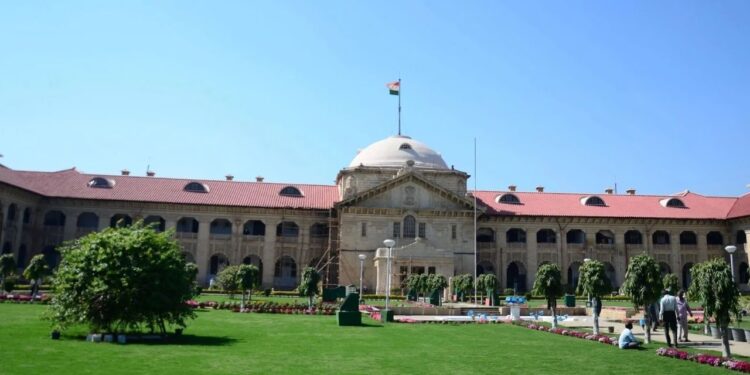Allahabad High Court Grants Interim Protection to Agra’s 17th-Century Hammam
In a significant move to preserve heritage, the Allahabad High Court on Thursday granted interim protection to a 17th-century Hammam (public bath) in Agra. The site was threatened by private individuals seeking its demolition. Chandrapal Singh Rana’s PIL highlighted the site’s historical significance, which dates back to 1620 AD.
A Bench comprising Justices Salil Rai and Samit Gopal directed the Archaeological Survey of India (ASI) and State authorities to ensure the monument’s safety. The Court also mandated the Commissioner of Police, Agra, to deploy adequate police forces to prevent damage to the structure.
The order stated, “The Commissioner of Police, Agra, and the ASI, Agra Circle, along with the Uttar Pradesh State Archaeology Department, shall ensure that no harm is caused to the monument. Sufficient police force must be deployed to protect the site.”
Key Highlights of the Case:
- Historical Significance: Built-in 1620 AD, the Hammam is considered a heritage structure of national importance, though it has yet to be officially declared an ancient monument.
- Petitioner’s Argument: Rana argued that under the Ancient Monuments and Archaeological Sites and Remains Act, 1958, the ASI and State authorities must protect the Hammam.
- ASI Survey: A year ago, the ASI conducted a survey that identified the site’s cultural and historical value.
- Court’s Directions: The Court ordered all authorities to ensure immediate protection and scheduled the matter for further hearing on January 27, 2025. It also clarified that the case would not be treated as tied to the current Bench.
Representation:
- Petitioner’s Counsel: Advocates Vikrant Dabas, Shad Khan, and Chandra Prakash Singh.
- Respondent’s Counsel: Advocate Manu Ghildyal (Uttar Pradesh State Archaeology Department and Agra Police) and Advocate Manoj Kumar Singh (ASI).
This order underscores the Court’s commitment to safeguarding India’s cultural heritage and preventing unauthorized demolition of historically significant structures.

















